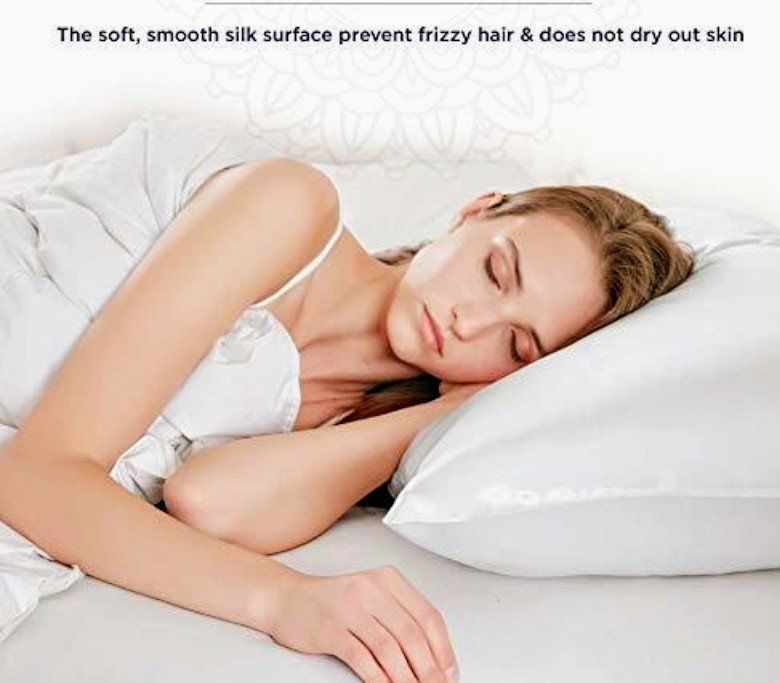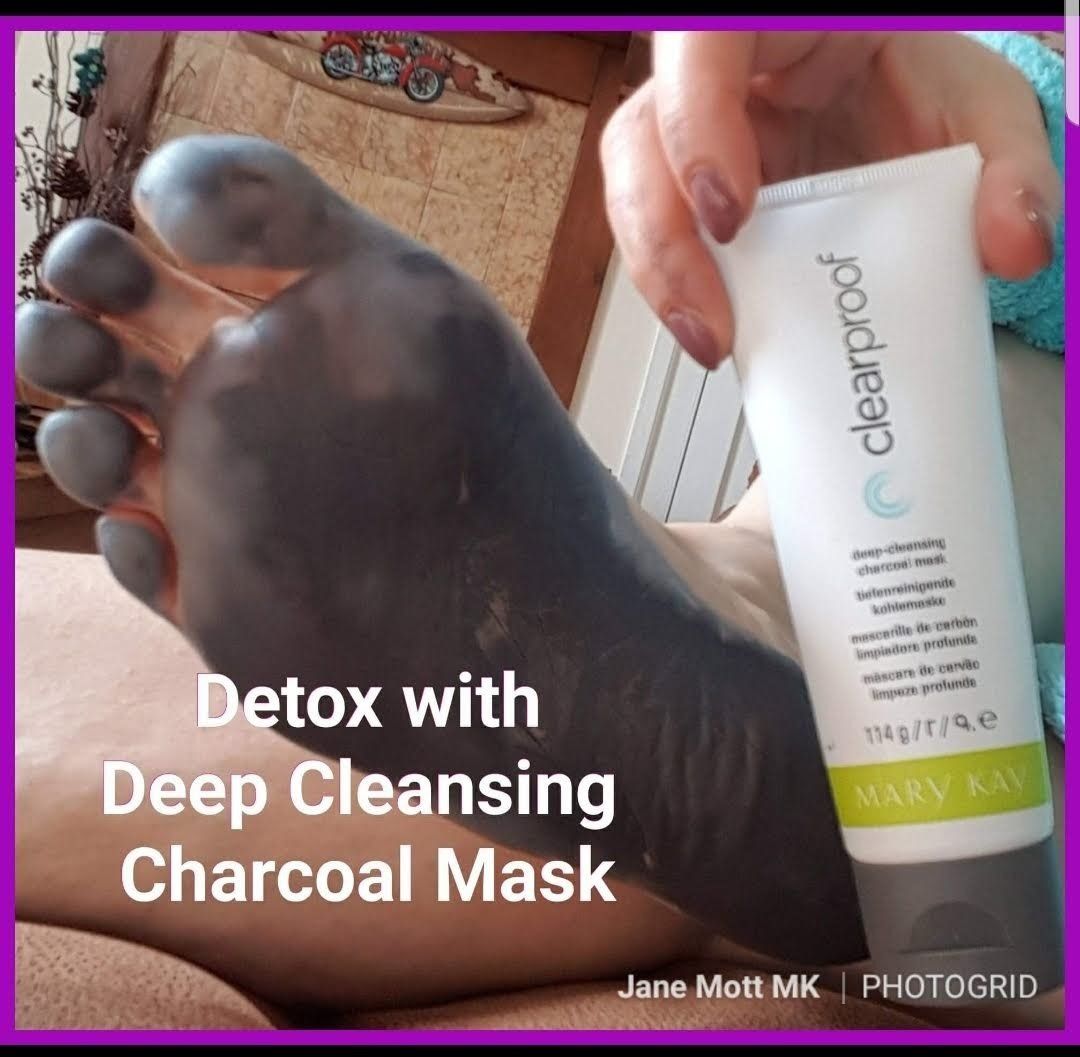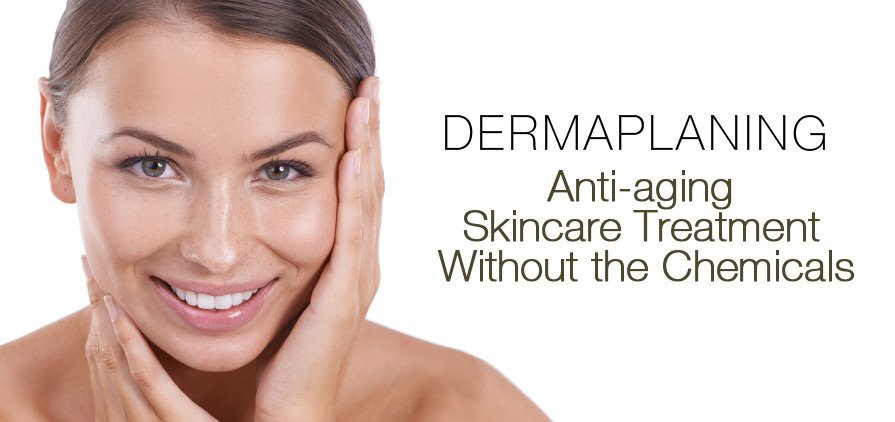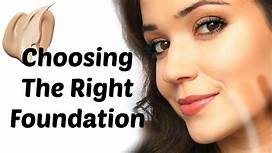What Makes Mascara a Beauty Essential?
Can you imagine yourself going out without wearing mascara?
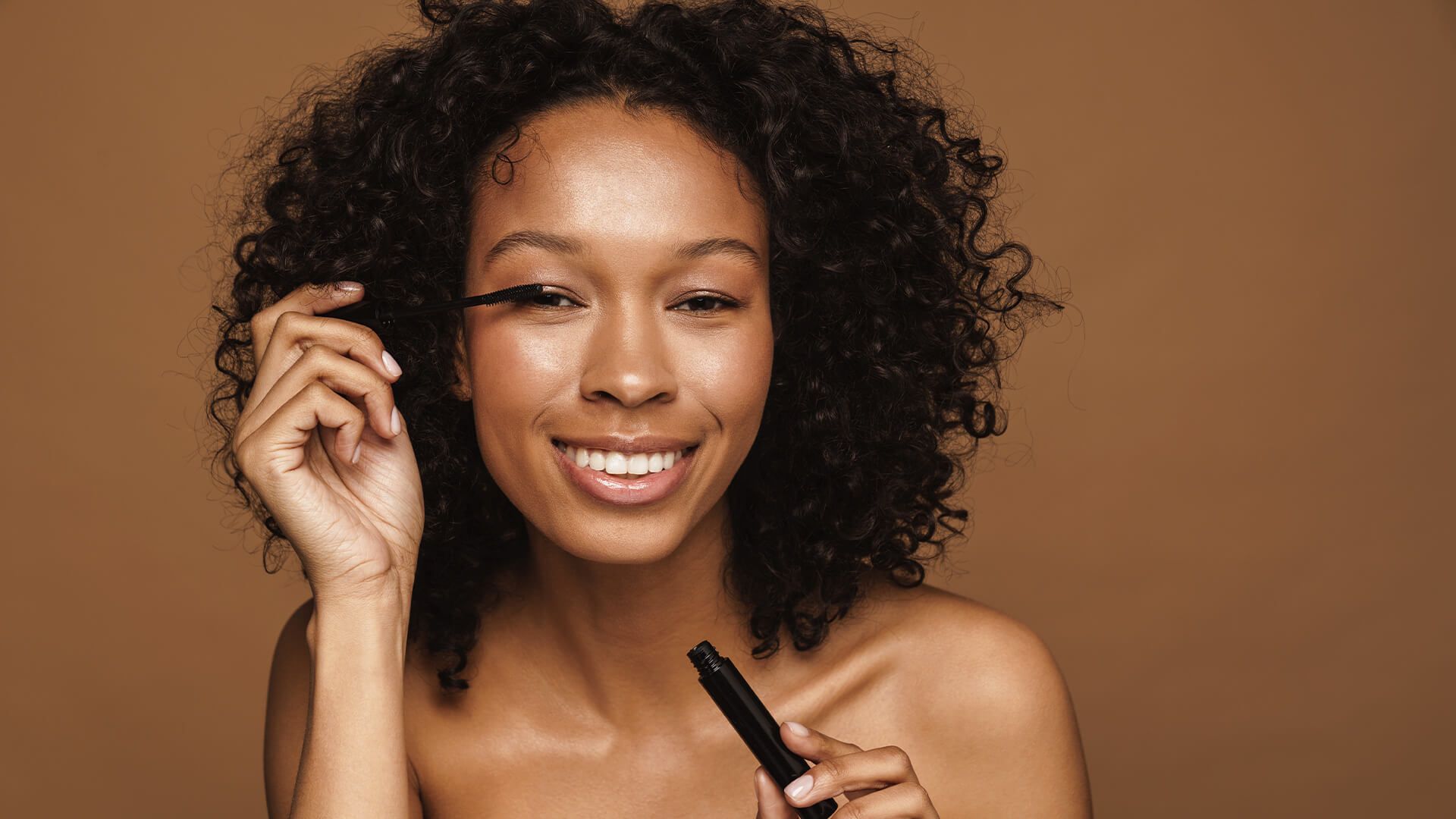
The application of mascara is regarded as a essential point of makeup, it emphazies our eyes framing them to look bigger, deeper and more beautiful.
Statistics state that almost every woman applies mascara every day.
We all have at least one Mascara, more likely two!
How do you want your lashes to look?
Natural?
Longer?
Defined?
Thicker?
Intense?
All of the above?
What is it that makes the difference?
Firstly let's look at the wand
- Do you want a mascara with a volumizing effect? Then choose one with a dense bristled brush
- For lash separation and definition choose a mascara with rubber bristled wand. Get one with alternate short and long bristles to ensure it sdefines even the shortest tiniest lashes.
- A curved wand is great to enhance curl and lengthen the lashes
- The hourglass-shaped wand creates a tiny reservoir for the product for heavier coverage of the lashes.
- Smaller rubber wands that are less densely bristled are best for short / sparce lashes
It’s not just about the wand it also depends on the formula of the mascara and the method of application.
How to apply your mascara
The best application is achieved by zig zagging your wand from lash root to lash tip to ensure every lash separated and defined.
Then rolling the wand from root to tip of lashes for lengthening.
To ensure you can clearly see your lashes from the roots to the tips,
- first look down into your mirror
- stick your chin put this gives you a clear view of the full length of you top lashes.
To coat your bottom lashes without getting it on your cheeks hold your mirror above your head (keep the mirror parallel to the ceiling) and apply mascara to your lower lashes.
Beware… if you do have fine lines, coating your lower lashes in mascara can draw attention to your fine lines so if this I’d the case just coat your top lashes.
Do you find your mascara comes off during the day and leaves smudges under your eyes?
FACT - It could be your fault.
When you apply your moisturiser and eye cream are you applying the product over the whole eye area and across your eyelashes?
Skincare can contain small amounts of oil and oil on your eyelashes will cause the mascara to slide off during the day.
As the eyes are like reservoirs they draw moisture towards them every time you blink, so only apply your eye care with your ring finger around the edge of the eye socket… feel for the edge of the socket bone under the skin. Once the product is on the skin it can travel over and inch so need to apply cream right up to the lash line, let your body to the work and draw it to where its needed!
Plus you don’t want to get product in your eye as it can and will cause infections and it won’t break down and tiny the particles will remain in the eye area which will make your eyes look puffy.
REMEMBER -not to drag the skin around eye area as the skin here is up to 10 times more delicate than the rest of the face, and as its thinner it will age more easily and develop fine lines.
Its very important to remove your mascara every night for a number or reasons that include…
1) mascara dries out the lashes when left on and can cause lashes to break off!
2) particles of mascara and flake off into your eyes that can cause infection and can also embed themselves into your eye which over many years could become very gritty, needing surgery to remove and if less and neglected eventuality cause blindness.
Your mascara should be replaced every 3 to 5 months as every time its opened the air dries out the product and invisible microbial particles begin to contaminate it especially If you've had a cold, illness or infection, tiny germs will contaminate your makeup products, and of course we use the wand on both our eyes so there is a risk of cross-infection.
Who knew there was so much to take into consideration when buying, using and applying the humble mascara?
Please always put your eye health above your lash length!
I do hope you have gained one or two useful tips from the above and why not take the stress out or remembering to replace your mascara by signing up for a Mascara Box and receive a new mascara through your letterbox every quarter. Click on the Mascara Box tab at the top of the screen.
Jane Mott Hair & Makeup - Specialist in Makeup to Look Younger & all round Beauty Addict






